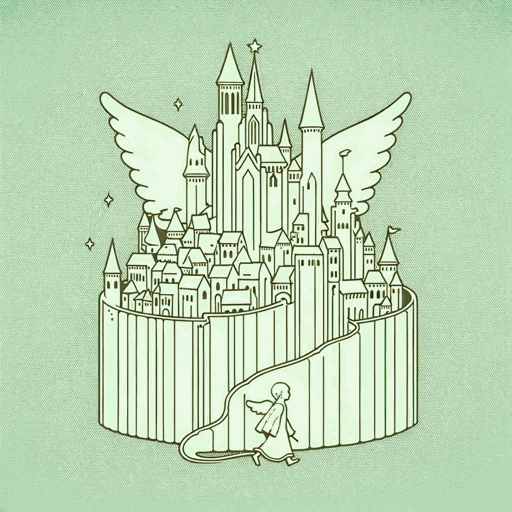47 pages • 1 hour read
Mark TwainThe Adventures of Huckleberry Finn
Fiction | Novel | Middle Grade | Published in 1884A modern alternative to SparkNotes and CliffsNotes, SuperSummary offers high-quality Study Guides with detailed chapter summaries and analysis of major themes, characters, and more.
Themes
The Legacy of Slavery in the American Imagination
The Adventures of Huckleberry Finn is among the most celebrated and the most controversial books in American literature. The celebration is due in part to its democratic empathy, good humor, and sharply written dialogue; its controversy stems from Twain’s treatment and depiction of Black Americans, particularly Jim. Though Twain’s intentions may have been good, the novel is compromised by its archaic attitudes about race, comparative even to the best thinking of its time, and by a failure of imagination inherent to the author.
Jim is written with empathy and motivational spark far in advance of other Black characters depicted by White authors in the year 1884, and the book displays an equally rare philosophical and ironized ambivalence toward slavery. However, it’s important to put the year 1884 into context. At the time of the book’s publication, the Civil War was still fresh within living memory, and while the political ramifications of that war never ended, historians often date the end of Reconstruction with the Compromise of 1877, which saw the withdrawal of federal troops from the South, the reestablishment of Southern White supremacy, and a retrenchment of racialized anti-labor politics in the North. In the years after the Civil War, public intellectuals like Twain had a tremendous responsibility to incorporate former slaves into the economic and cultural life of the nation, both through laws and through stories.
Related Titles
By Mark Twain

A Connecticut Yankee in King Arthur's Court
Mark Twain

A True Story
Mark Twain

Letters from the Earth
Mark Twain

Life on the Mississippi
Mark Twain

Roughing It
Mark Twain

The Adventures of Tom Sawyer
Mark Twain

The Autobiography of Mark Twain
Mark Twain

The Celebrated Jumping Frog of Calaveras County
Mark Twain

The Gilded Age: A Tale of Today
Mark Twain, Charles Dudley Warner

The Innocents Abroad
Mark Twain

The Invalid's Story
Mark Twain

The Man That Corrupted Hadleyburg
Mark Twain

The Mysterious Stranger
Mark Twain

The Prince and the Pauper
Mark Twain

The Tragedy of Pudd'nhead Wilson
Mark Twain

The War Prayer
Mark Twain

